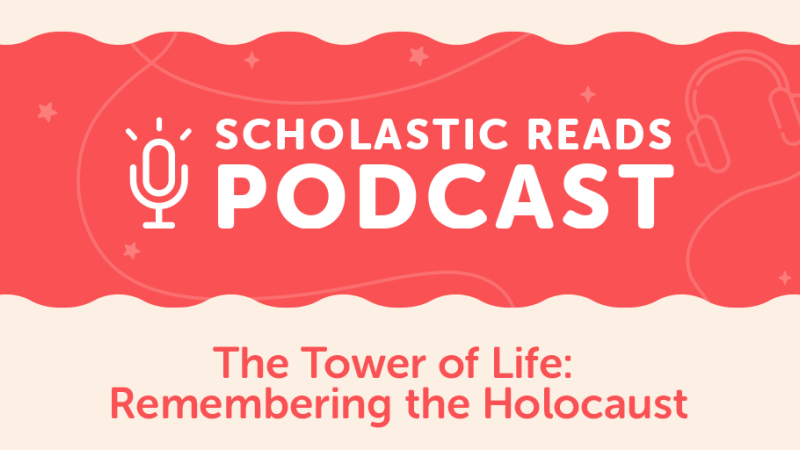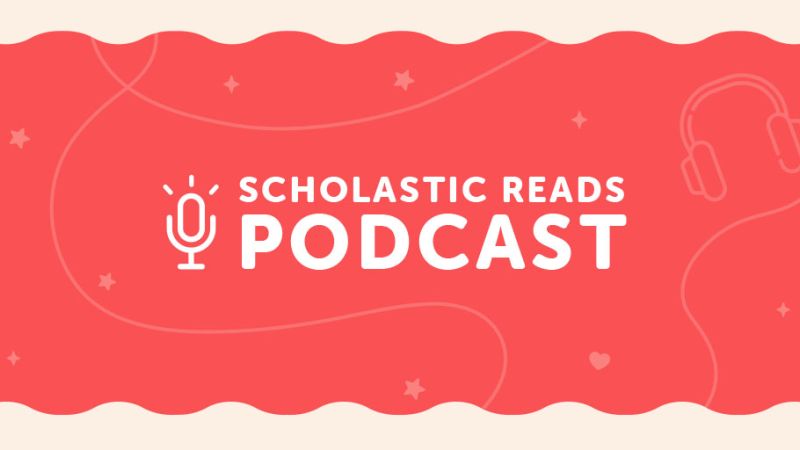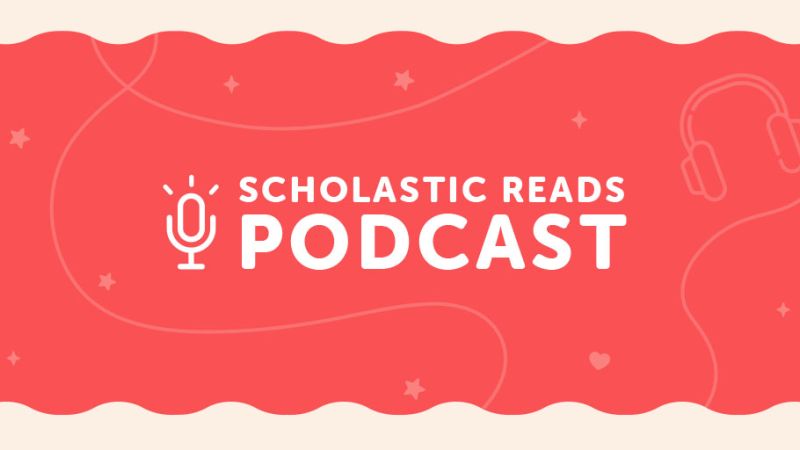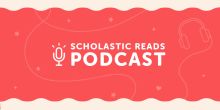In 1941, when Yaffa Eliach was six years old, German troops invaded her town in what was then Poland. Most of the Jewish population was rounded up and murdered.
Within two days, 900 years of history had been sundered. But Yaffa and her family managed to escape. In her shoes, she carried a few of the celebratory photograhs her grandmother had taken of villagers. Those photos would later lead Yaffa to discover the vibrant life that her grandmother had catalogued.
After the war, Yaffa settled in the United States. Upon earning her PhD, she became an educator—and a pioneer in Holocaust studies—until her death in 2016. She traveled everywhere to track down the photos her grandmother had taken and to uncover the stories of long-ago villagers.
Yaffa is the subject of a new picture book by Chana Stiefel. Illustrated by Susan Gal, the book is called The Tower of Life: How Yaffa Eliach Rebuilt Her Town in Stories and Photographs.
Chana is the award-winning author of more than 30 books for children. In this episode, she talks with host Suzanne McCabe about telling Yaffa’s remarkable story in The Tower of Life and why teaching young people about the Holocaust is so important.
“The Nazis’ mission was to dehumanize the Jewish people,” Chana says. “By restoring humanity to the victims, Yaffa restored their dignity.”
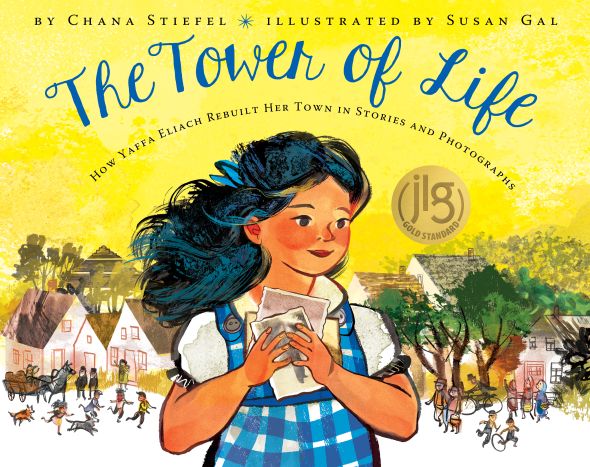
→ Resources
Meet the Author: Includes a teaching guide for The Tower of Life and summaries of other books by award-winning author Chana Stiefel.
United States Holocaust Memorial Museum: Learn more about Yaffa Eliach’s “Tower of Faces,” and get resources for observing International Holocaust Remembrance Day on January 27.
→ Highlights
Chana Stiefel, author, The Tower of Life
“Yaffa was born in a shtetl called Eishyshok, which was then part of Poland and now Lithuania. She was born in 1935. When the Nazis invaded, the Jews were rounded up into the synagogue. Her father had told the family to hide.”
“Two of Yaffa’s grandmothers, not just her mother, worked. One of them sold candles at the local market, and the other was the town photographer. Yaffa’s grandfather had visited America in the 1920s, and he came home with this new invention, a camera, and they started a business above the family pharmacy. Everyone would come to have their photo taken. People would send New Year's cards—Rosh Hashanah cards—to their families who had left Eishyshok.”
“When Yaffa fled, she had the sense to tuck some of those photos into her shoes. She held onto them throughout the war, and that definitely played a role in the incredible exhibit she later created.”
“The focus of my book is not so much the war, but the life before the war and the rebuilding afterward, and how Yaffa rebuilt her town.”
“I learned from Yaffa’s daughter, Smadar Rosensweig, who is also a professor, that her mother was a groundbreaking teacher, and she wanted to teach. She wanted to create a curriculum about the Holocaust. But after the war, many survivors didn't even want to talk about their history, and she felt it was so important. She realized that a lot of the history that was being taught was from the Nazi perspective, and she wanted to change that.”
“She encouraged Holocaust survivors to tell their stories, and she began documenting them. And that was groundbreaking work. No one had done that at that point.”
“In 1979, President Jimmy Carter wanted to build a memorial to the victims of the Holocaust in Washington, D.C., and he asked Yaffa to help build a memorial. She didn’t want to focus on death and dying and destruction. She wanted to focus on the lives that were lived and the beautiful lives of the people from her town. She remembered the photos she had tucked in her shoes, and she thought, well, other people must have photos, too.”
“She traveled for 17 years, to six continents, to nearly all 50 states, and she collected 6,000 photographs, and she built this “Tower of Life,” which has over a thousand photographs in it.”
“Yaffa wanted people to see themselves in these photographs. That, essentially, was her mission. And you do, you connect, because here you are seeing people celebrating with their families, having weddings, playing outdoors, the picture of Yaffa feeding the chickens, hugging each other. And it’s very relatable. And you realize the tragic endings for many or most of these people all around her.”
“One thing that really was gripping to [illustrator Susan Gal] was that when she started to research Nazis, she was seeing a lot of images come up of present-day Nazis, neo-Nazis. And that was really upsetting and disturbing to her, and she just threw herself entirely into this story because she felt it was so important.”
“If you look at the book, you’ll see that the pages of the Germans and Nazis invading, those people, the soldiers don’t have faces. Because [the illustrator] felt that if you try to take away someone’s humanity, you don’t deserve to have your face in a book. So she erased their faces.”
“When Yaffa and her family were in hiding, her parents taught her that a glimmer of light can chase away the darkness. Yaffa’s mother taught her how to read and write by etching letters into the walls of a shelter where they were staying. They were clay walls. You'll see a page where her mother is writing on the wall, and that’s actually my Hebrew handwriting. I speak and write in Hebrew. The words are tikvah, which means hope, shalom, which means peace, ohr, which means light and haim, which is life. And those are the major themes of the book.”
“When you see a lot of photographs of the Holocaust, you see these horrible photos of emaciated victims, and they’re dehumanized. That was what the Nazis’ mission was, to dehumanize the Jewish people. So that’s what you see in the photographs, people who are starving, and they don’t even look human. By restoring humanity to the victims, Yaffa restored their dignity. [She showed] that these were people just like you and me. And I think that’s a universal message, that we need to stop hating each other and bullying, and we need to stop just othering people. We are all human, and we need to see our common bonds.”
“There are so many wonderful books out there about Jewish life. In addition to books about the Holocaust, it’d be wonderful if people could also enjoy books about Jewish life.”
→ Special Thanks
Producer: Constance Gibbs
Sound engineer: Daniel Jordan
Music composer: Lucas Elliot Eberl
→ Coming Soon
World Read Aloud Day With The Owl Diaries Author Rebecca Elliott
Akim Aliu Introduces Dreamer

